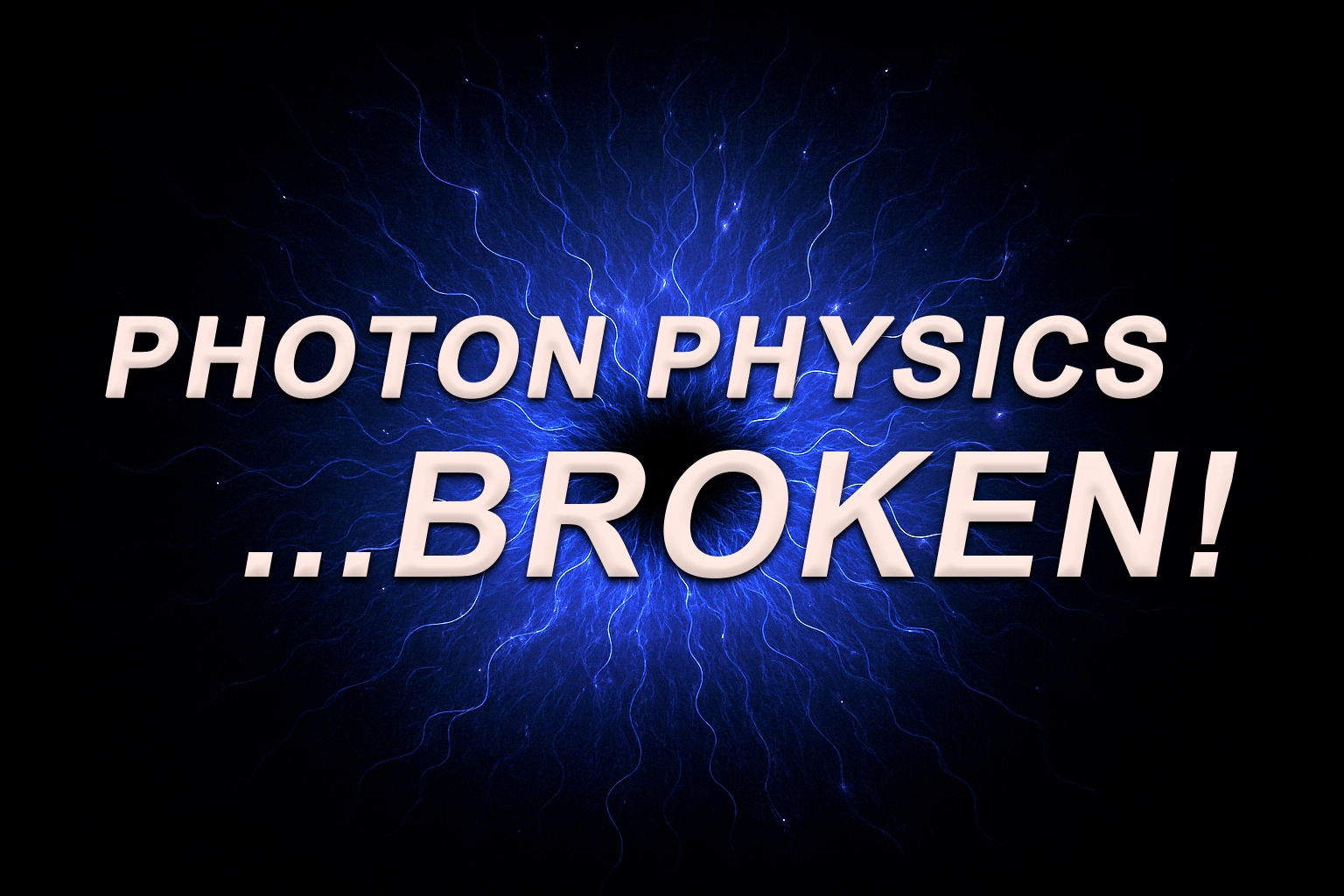Scientists Detect Negative Light—And It Breaks the Rules of Photon Physics
A team of researchers has recorded something never before observed: light with negative brightness, an effect so strange that it appears darker than total darkness itself.
A New Type of Darkness
In a groundbreaking observational study, scientists captured evidence of negative light—a phenomenon where the measured brightness of a light source dips below zero, producing what they describe as “less than black.” This phenomenon was observed in quantum optical systems designed to measure photon statistics, where the quantum noise cancellation yielded a negativity in the Wigner distribution, traditionally interpreted as a form of non-classical light. In practical terms, this means that a light source emitted energy in such a way that it subtracted from observable brightness, essentially creating darkness deeper than any known blackbody radiation.
Why This Disrupts Mainstream Cosmology
This discovery is more than an optical oddity. It challenges the bedrock assumptions of Big Bang cosmology and General Relativity, both of which depend on photon propagation and electromagnetic energy as fundamentally positive. According to quantum field theory, negative brightness isn’t supposed to be physically meaningful. Yet, here it is—not as an abstract calculation, but as directly observable data.
In conventional models, spacetime is shaped by energy densities, and light plays a major role in probing and defining those curvatures. If energy can exist with a negative signature in this form, then the energy balance that defines vacuum states, blackbody limits, and early universe thermodynamics is called into question. It also raises new concerns for the cosmological constant problem, which assumes a vacuum energy density incompatible with these negative brightness effects.
Acoustic Gravitic Theory Response
Under Acoustic Gravitic Theory (AGT), this result is not a paradox but a predicted effect of wave interference and impedance mismatch in a medium-filled universe. AGT holds that space is not empty—it’s filled with structured plasma and permeated by acoustic and magnetosonic waveforms from stellar and interstellar sources. When opposing wavefronts become phase-inverted within a cavity or structure—such as in a quantum optical chamber or atmospheric plasma shell—the net energy gradient can appear negative, even as the system conserves total oscillatory energy.
AGT predicts this via phase-cancellation and impedance resonance: when the waveform interacting with an observational cavity (like a detector) destructively cancels local oscillations, the region may register a pressure or brightness deficit rather than excess. This mechanism parallels how Primary Bjerknes Forces can exert negative net motion on resonant bodies in a pressure field. What GR sees as an anomaly, AGT interprets as a localized nodal suppression—a standing wave anti-node.
Conclusion: A Doorway to Wave-Based Physics
The detection of negative light is not an artifact of quantum trickery—it is empirical validation that wave interference within a medium can manifest as anti-brightness, or brightness subtraction. This directly supports AGT’s core claim that wave resonance, not mass, governs the behavior of light, motion, and force in the universe. If darkness can be more than nothing, then it’s time to stop bending spacetime and start modeling oscillatory fields. This discovery opens new pathways for acoustic-wave-based interpretations of cosmology, gravitation, and even time.
Original Source: https://www.ecoticias.com/en/negative-light-quantum-physics/14416/
Supporting Scientific Sources
- Garrison, J. C., & Chiao, R. Y. (2008). Quantum Optics. Oxford University Press.
https://global.oup.com/academic/product/quantum-optics-9780198508861 - Scully, M. O., & Zubairy, M. S. (1997). Quantum Optics. Cambridge University Press.
https://doi.org/10.1017/CBO9780511813993 - Bedard, A. J., & Georges, T. M. (2000). Atmospheric Infrasound. Physics Today, 53(3), 32–37.
https://doi.org/10.1063/1.882863 - Lerner, E. J. (1991). The Big Bang Never Happened: A Startling Refutation of the Dominant Theory of the Origin of the Universe. Random House.
https://archive.org/details/TheBigBangNeverHappened - Alfvén, H. (1981). Cosmic Plasma. Reidel Publishing.
https://doi.org/10.1007/978-94-009-8671-7

